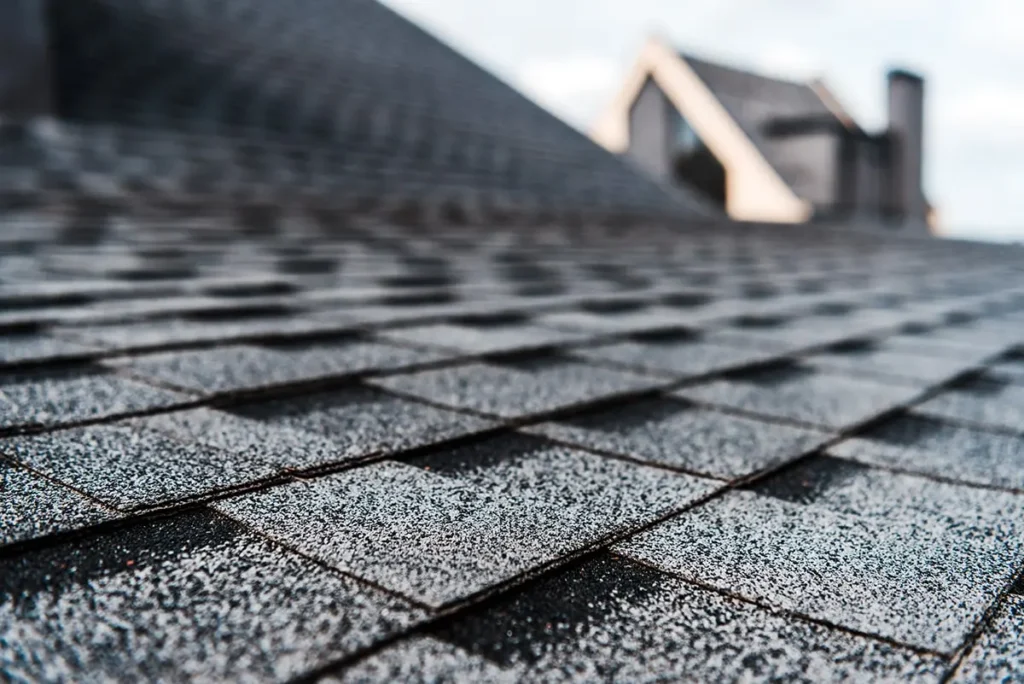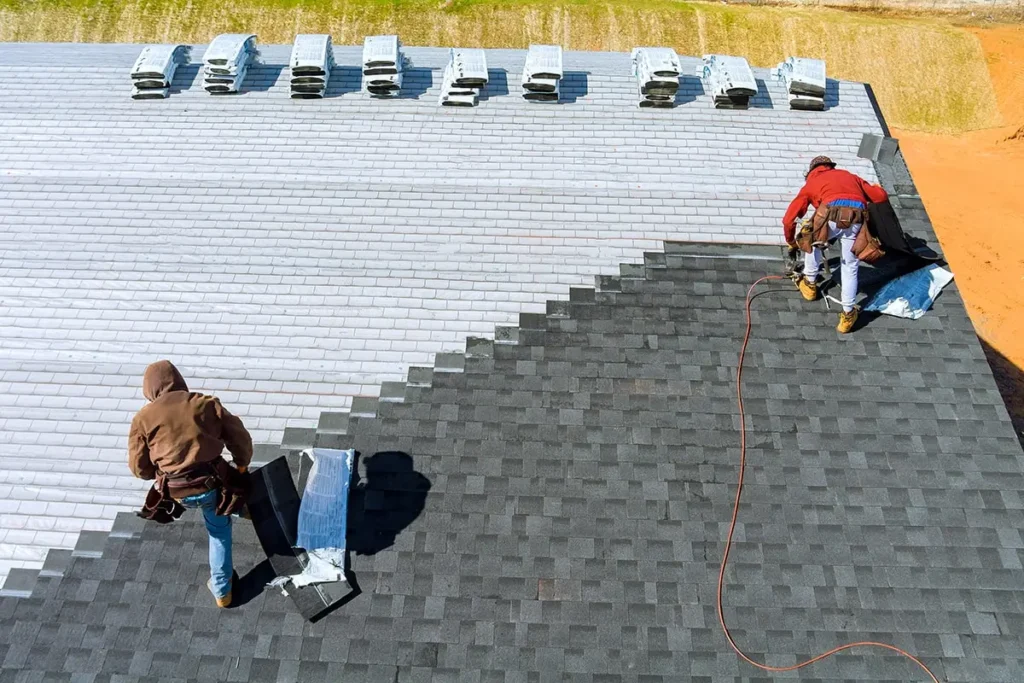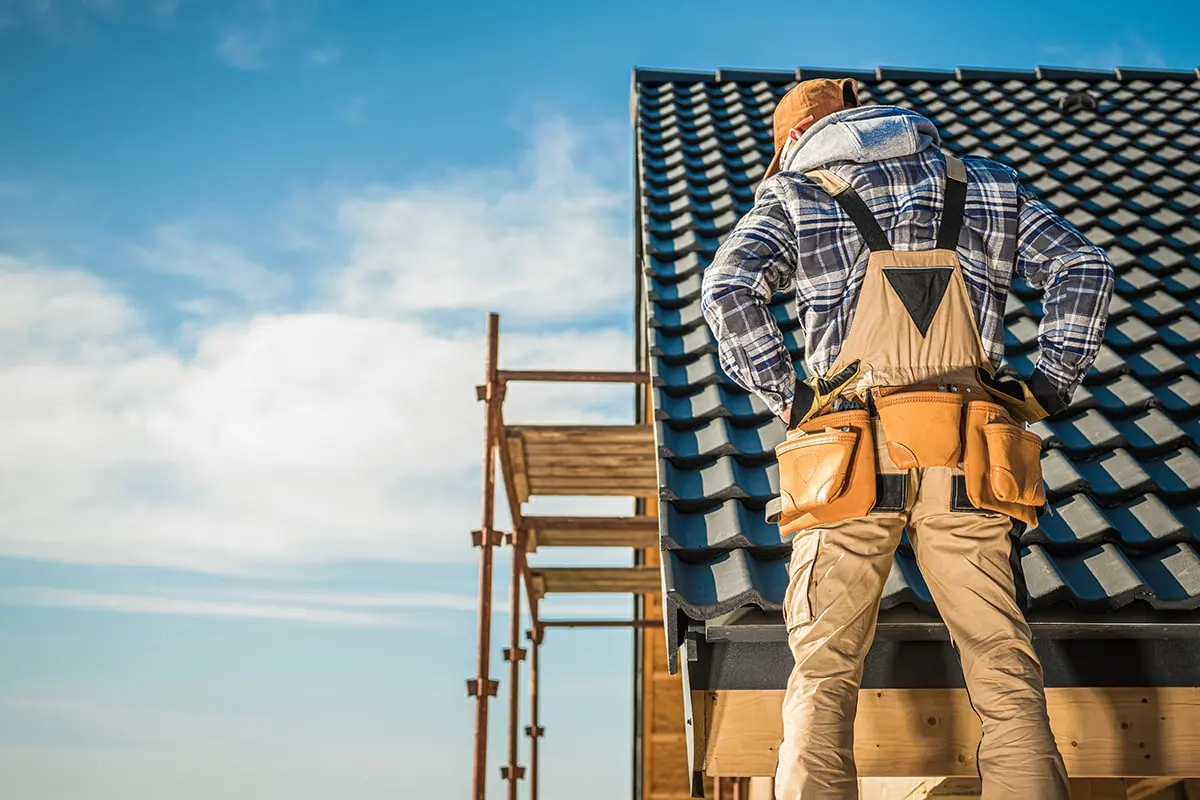Roofing Shingles: Trends and Tips for NYC Homes
Roofing shingles are a popular choice for homes in New York City due to their durability, affordability, and aesthetic appeal. This guide explores the latest trends in shingle roofing, technical aspects of shingle installation, and provides expert tips for maintaining and selecting the best shingles for your NYC home.
Introduction to Roofing Shingles
Roofing shingles are one of the most commonly used roofing materials in New York City. They offer a versatile and cost-effective solution for homeowners looking to protect their homes while enhancing curb appeal. With advancements in technology and design, shingles have evolved to provide better performance and more aesthetic options than ever before.

Trends in Shingle Roofing
- Architectural Shingles:
Architectural shingles, also known as dimensional or laminate shingles, are designed to provide a three-dimensional look. They offer superior durability and are often backed by longer warranties. These shingles can mimic the appearance of more expensive roofing materials like slate or cedar shakes, adding a luxurious touch to your home. - Cool Shingles:
Cool shingles are designed to reflect more sunlight and absorb less heat compared to traditional shingles. This helps to keep homes cooler during the summer, reducing energy costs and improving overall comfort. Cool shingles are available in a variety of colors and styles, allowing homeowners to achieve both energy efficiency and aesthetic appeal. - Sustainable Shingles:
Sustainability is a growing trend in roofing. Shingles made from recycled materials or those that can be recycled at the end of their life cycle are becoming more popular. These eco-friendly options help reduce waste and environmental impact. - Bold Colors:
While traditional shingle colors like gray and black remain popular, more homeowners are opting for bold colors to make their homes stand out. Shades like deep red, forest green, and even blue can add a unique touch to your roof, enhancing your home’s overall look.

Technical Aspects of Shingle Installation
- Underlayment:
The underlayment is a crucial layer that lies between the shingles and the roof deck. It provides an additional barrier against water infiltration. Common materials used for underlayment include asphalt-saturated felt and synthetic underlayment. Synthetic options offer greater durability and water resistance. - Flashing:
Flashing is essential for protecting vulnerable areas of the roof, such as valleys, chimneys, and skylights. Proper installation of flashing prevents water from seeping into these areas, reducing the risk of leaks and water damage. - Ventilation:
Adequate roof ventilation is vital for preventing heat and moisture buildup in the attic, which can lead to shingle damage and reduce their lifespan. A well-ventilated roof includes both intake vents (such as soffit vents) and exhaust vents (such as ridge vents) to ensure proper airflow. - Nailing Technique:
Proper nailing is critical to the performance of shingle roofs. Nails should be driven straight and flush with the shingle surface to avoid puncturing the shingles or leaving them loose. The placement and number of nails are determined by the manufacturer’s guidelines and local building codes.

Tips for Maintaining Your Shingle Roof
- Regular Inspections:
1. Schedule regular roof inspections, especially after severe weather events. Look for signs of damage such as missing, cracked, or curling shingles, and address any issues promptly to prevent further damage. - Clean Gutters:
2. Keep your gutters clean to prevent water from backing up and seeping under the shingles. Clogged gutters can cause water damage to the roof and the home’s foundation. - Trim Overhanging Branches:
3. Trim any tree branches that hang over the roof to prevent them from scraping against the shingles and causing damage. This also reduces the risk of branches falling and damaging the roof during storms. - Remove Debris:
4. Remove leaves, twigs, and other debris from the roof surface regularly. Accumulated debris can trap moisture, leading to mold growth and shingle deterioration. - Professional Maintenance:
5. Consider hiring a professional roofing contractor for regular maintenance and repairs. Their expertise ensures that your roof remains in top condition and any potential issues are addressed promptly.

Selecting the Best Shingles for Your NYC Home
- Climate Considerations:
Choose shingles that can withstand New York’s varied climate, including heavy snow, rain, and summer heat. Look for options with high wind and impact resistance ratings. - Aesthetic Preferences:
Select shingles that complement your home’s architectural style and color scheme. Architectural shingles offer a range of designs that can enhance the overall look of your home. - Warranty and Durability:
Consider shingles with strong warranties and a proven track record of durability. This ensures long-term protection and peace of mind. - Energy Efficiency:
If energy efficiency is a priority, opt for cool shingles that reflect more sunlight and reduce heat absorption. This can help lower your energy bills and improve indoor comfort.
Roofing shingles are a versatile and popular choice for NYC homeowners. By staying informed about the latest trends, understanding the technical aspects of installation, and following maintenance tips, you can ensure your shingle roof provides lasting protection and enhances the beauty of your home. Embrace these insights to make informed decisions and keep your NYC home looking and performing its best.
SHARE
© Copyright by Prime House – All right reserved.

